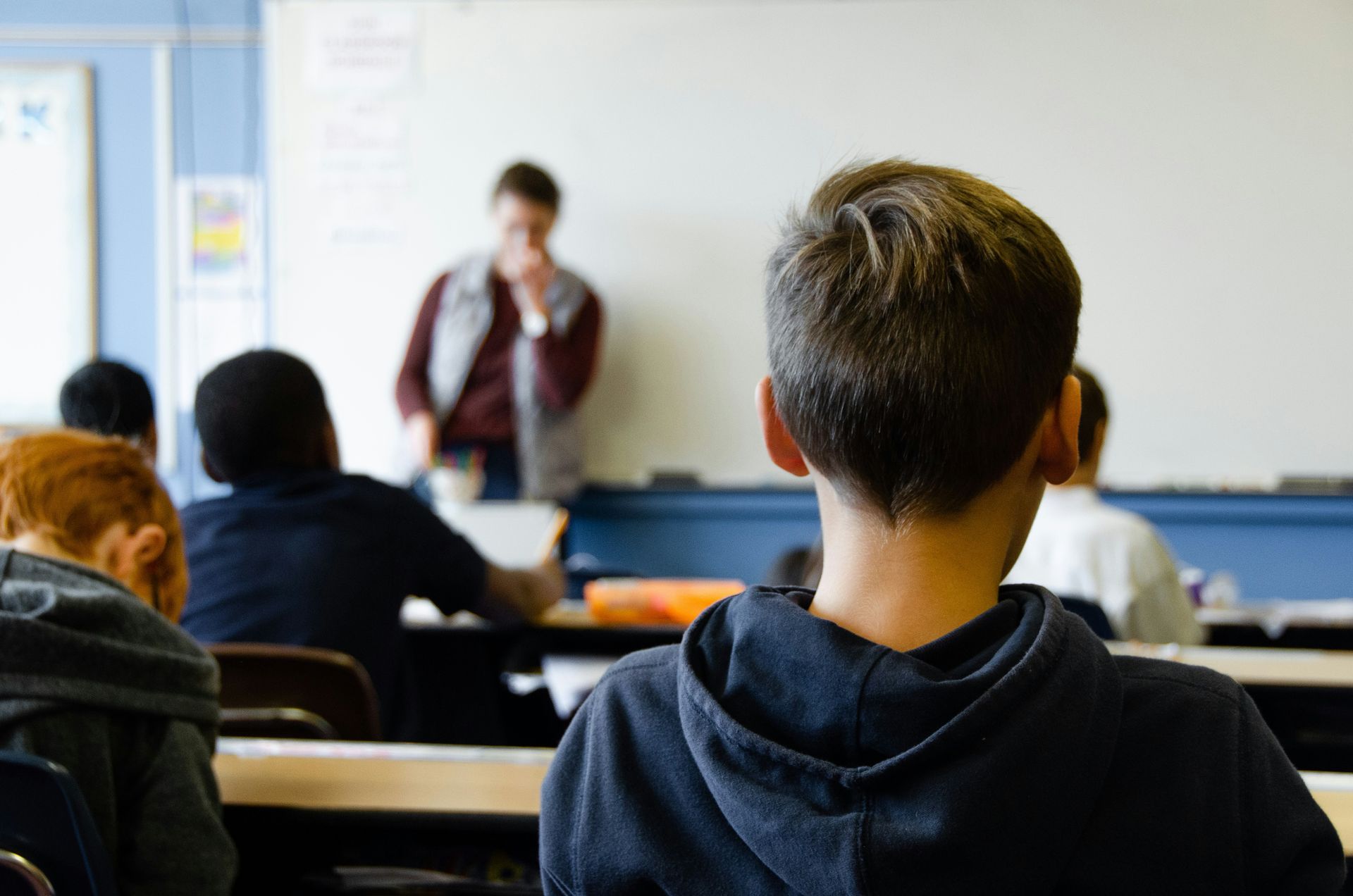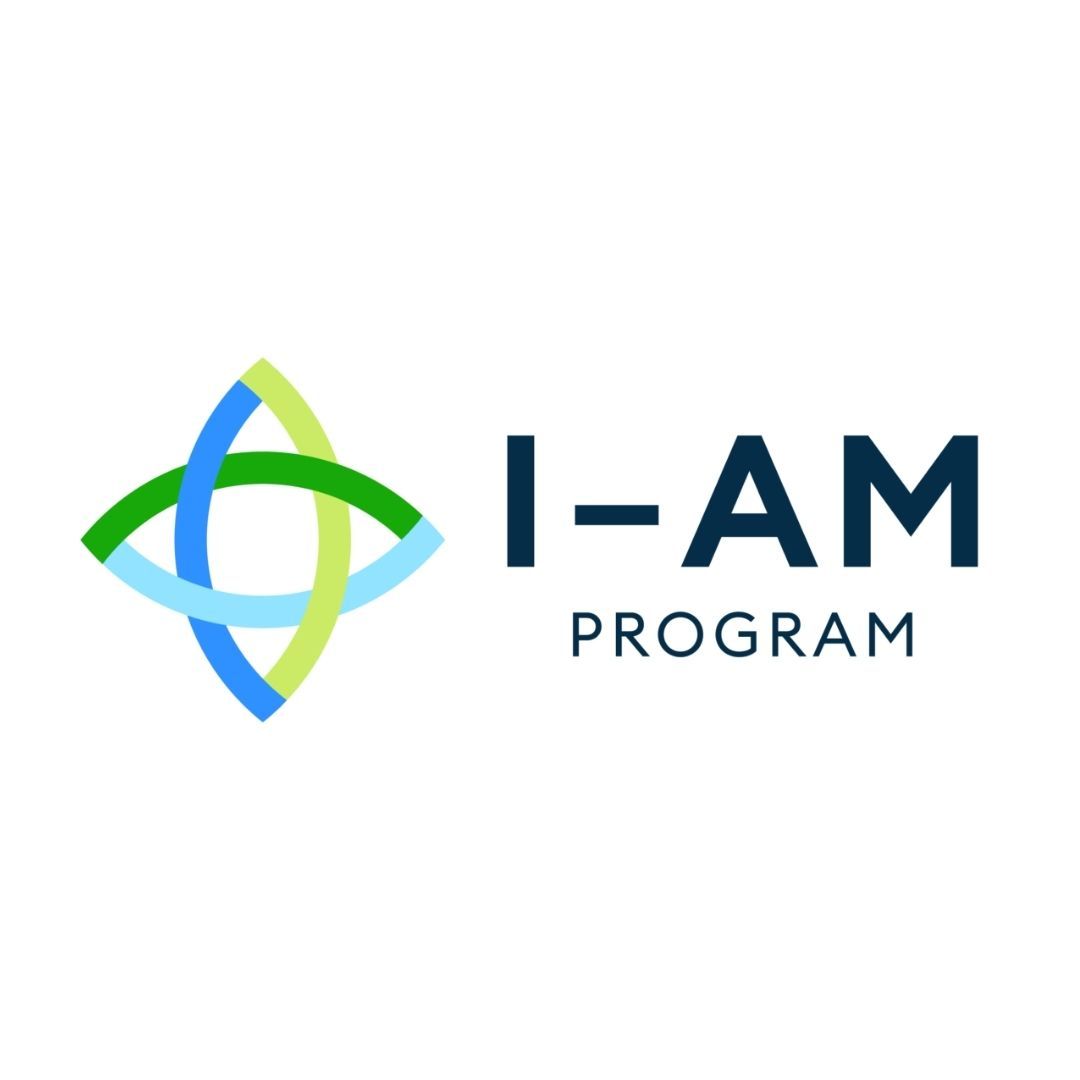An Interview with Lachlan Thatcher, Principal of Capalaba State College, Queensland
“Gifted education doesn’t have to begin with a big budget or a new department—it starts with curiosity, conversation, and courage.”
Capalaba State College have a unique program for children who are gifted with additional learning needs or complexities that render them unable to flourish in a mainstream classroom. This includes children who are twice exceptional (gifted with additional learning needs like autism or ADHD), or children who have complex learning profiles or anxiety. Lachlan shared some of the challenges and successes of this unique program for our Gifted Awareness Week audience, in the hope more schools might explore programs of a similar nature.
Q. Could you tell me a bit about your school?
We are a State School, Prep to twelve.
Q. How are you catering to gifted learners at your school?
At Capalaba State College, we’ve embraced a flexible, strengths-based approach to meeting the needs of our gifted and twice-exceptional learners. Our flagship initiative is a blended learning model tailored to students with advanced abilities and additional needs. It features a carefully balanced mix of on-site and off-site learning, guided by a dedicated team of specialists.
The off-site component is particularly powerful for students who experience school-based anxiety or who thrive in self-directed environments. It enables them to pursue deep inquiry at their own pace. Meanwhile, the on-site sessions are purposefully designed for connection, peer collaboration, access to practical resources, or engagement in mentorship-based instruction.
We’ve found that this model supports academic excellence and honours each student's holistic development. It’s scalable and adaptable—something we’d love to see more schools explore and tailor to their unique communities.
Q. Do you have a gifted policy at Capalaba?
We are co-developing a gifted education policy, with our burning priority being an acceleration policy reflecting gifted learners' complexity and diversity that steps a somewhat unfamiliar leadership team through the process of accelerating students and accommodating a flexible learning journey that may also include tertiary studies. Rather than applying a one-size-fits-all approach, we aim to build a framework that supports inclusive identification, personalised programming, and classroom-level application.
The process has included input from leadership, support staff, gifted educators, and increasingly, mainstream classroom teachers. We aim to ensure the policy doesn't sit on a shelf—it should live and breathe in the everyday rhythms of school life.
Q. What have been some of the challenges in meeting the needs of your gifted students?
Some of our key challenges have stemmed from systemic constraints, such as timetabling or curriculum pacing. For example, integrating students into mainstream subjects while accommodating their accelerated learning paths requires creative negotiation and trust. Understandably, teachers sometimes worry that partial attendance might disrupt outcomes. However, we’ve consistently found that gifted students often excel, even with modified attendance, due to their capacity for rapid comprehension and independent application.
Acceleration, too, has been a learning journey for our staff. Initial concerns around social dynamics or text suitability, for example, are real and valid. However, once students are supported to thrive at their readiness level, their enthusiasm and deep engagement tend to dissolve doubts.
Q. What might you say to other schools who don’t currently have a dedicated gifted program, but might be thinking about how they could incorporate this into their school?
I suggest a long lead-in window with a lot of listening.
Building a gifted program isn’t just about identifying high achievers—it’s about co-constructing a learning culture that sees difference as potential. If I were starting again, I would spend more time engaging with parents and mainstream staff upfront. Their insights, concerns, and hopes are invaluable in designing something that can grow roots in the broader school ecosystem.
Gifted education doesn’t have to begin with a big budget or a new department—it starts with curiosity, conversation, and courage.
Q. How is giftedness perceived at your school? Some worry that it’s unfair to provide programming to students who are already seen to be ‘smart’ or that other parents will be upset if their child isn’t in the gifted program. Have these feelings been a problem for your school?
We’re on a journey toward greater integration. Right now, gifted education is sometimes perceived as a ‘separate stream,’ particularly by staff or families unfamiliar with the needs of twice-exceptional learners. This is a standard tension when introducing something new, especially when it challenges traditional models of uniformity and fairness. Six years after its introduction, we still see it in our Montessori program.
Our response has been to lean into transparency and collaboration, inviting staff to observe, participate, and even co-teach. One awesome, accelerated student in one mainstream class at a time will slowly reshape the narrative from “those kids over there” to “all of our kids, with different learning needs.”
Q. Do you have anything else you’d like to share in terms of how to take gifted policy into day-to-day practice in the classroom?
Policy only works when it's written with, not just for, the people implementing it. In our experience, the most effective strategy has been involving a diverse group in the drafting process, especially in mainstream classrooms. Their practical insights help ensure the policy is realistic, responsive, and empowering rather than prescriptive.
It’s also essential to keep the policy alive post-launch. We aim to treat it as a working document that evolves with our understanding and learners, and is used to monitor development progress and the well-being of our students and staff involved in the learning program.
You can learn more about Lachlan’s program here: https://capalabasc.eq.edu.au/curriculum/high-capacity
Disclaimer: The views and opinions expressed in this blog are those of the author and do not necessarily reflect the official policy or position of the AAEGT.
Share this resource
Resources












